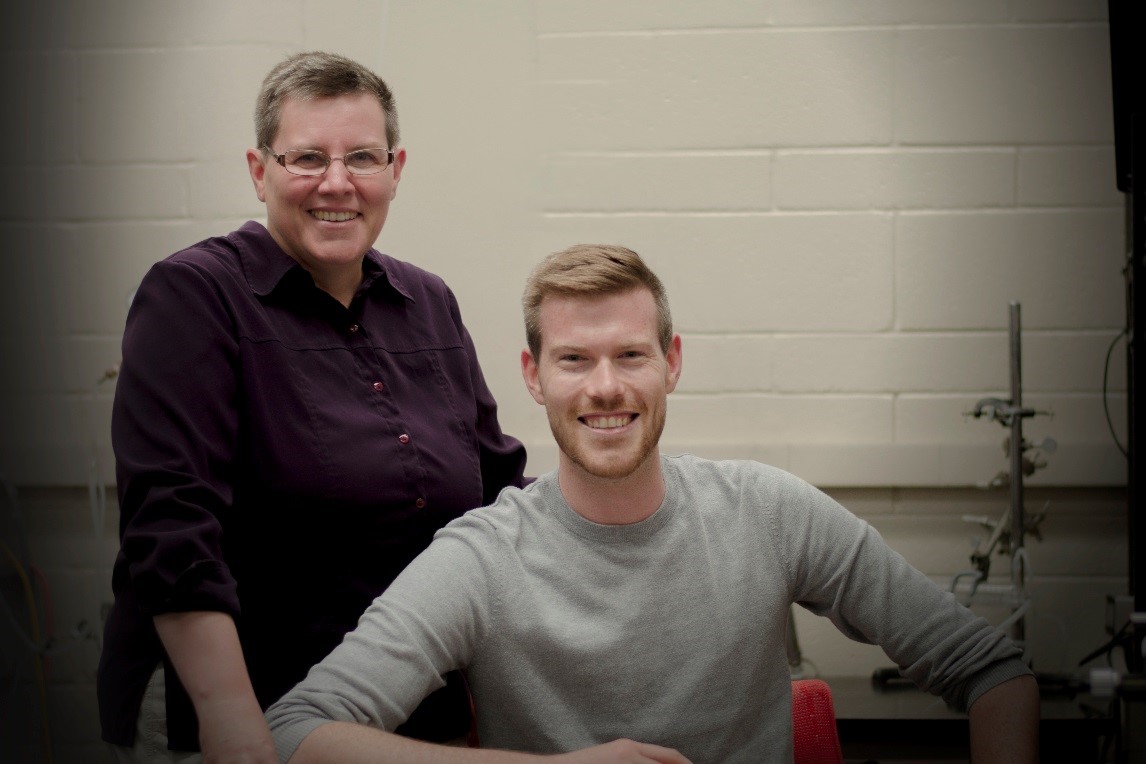Regulating Blood Flow Takes Team Work
By Daniel T. Cervone
June 7, 2018

If a soccer team were to win a game despite having lost a player to a red card, was it because the ejected player was unnecessary, or did the remaining players compensate for their missing teammate? By applying a similar concept of redundancy to compounds which control blood vessels, researchers in the Department of Human Health & Nutritional Sciences have taken an important step in understanding the complex process of blood flow regulation in active muscles.
When skeletal muscles – those that are involved in physical movement – contract, they require a greater amount of blood flow in order to deliver more oxygen. To achieve this, skeletal muscle dilates the blood vessels that supply it. This dilation is triggered, in part, by compounds known as “vasodilators” and which include potassium, nitric oxide and adenosine, among others. Interestingly, the ensuing delivery of blood parallels the metabolic rate of the tissue. This has been documented for quite some time, but how multiple compounds interact to coordinate blood flow that is perfectly matched to a tissue’s needs is not well understood.
“People would always say, ‘Well the system is redundant’, but no one knew what that meant, or how it might work mechanistically. We went after mechanisms. Our proof for the presence of redundancy shows how vasodilators work together,” says Prof. Coral Murrant, who led the study.
Murrant and graduate student Iain Lamb found that certain vasodilators can exert an inhibitory influence on other vasodilators, and therefore compensate for the loss of one another in capillaries. In doing so, they have also confirmed that these tiny blood vessels play a more important role in directing signals to control blood flow than previously recognized.
“Capillaries are the smallest blood vessels in the body and are responsible for carrying blood directly into our tissues. Given their placement, their role in directing blood flow to muscle appears to be the most physiologically relevant - and yet no one has looked at vasodilator interactions at this level,” says Murrant.
Murrant and Lamb used high-resolution microscopy to observe changes in the diameter of hamster blood vessels when the capillaries were exposed to vasodilators, both during contractions and in resting muscle - all in real-time. To their excitement, some vasodilators inhibited each other’s effect at the capillary level; for example, potassium inhibited the ability of nitric oxide to cause dilation in the vessel upstream from the capillary. Different patterns of redundancy were also observed depending on whether or not the nearby muscle was stimulated to contract.
The ability of one vasodilator to inhibit another is what creates redundancy in the system. Importantly, this ensures that the body is always able to get our tissues the blood supply that they require, especially under demanding circumstances (for example, at high altitude or during exercise).
It is clear from the study that this system of redundancy in vasodilators can be quite complex, with different compounds behaving differently under various conditions. However, Murrant and her colleagues are eager to unravel the mysteries that have plagued the field of local blood flow for over a century.
“Understanding the mechanisms of redundancy between vasodilators opens up new avenues for how we study - and potentially someday treat - blood flow dysregulation,” says Lamb.
The study was funded by the Natural Science and Engineering Research Council of Canada.
Read the full article in the Journal of Physiology.
Read about other CBS Research Highlights.